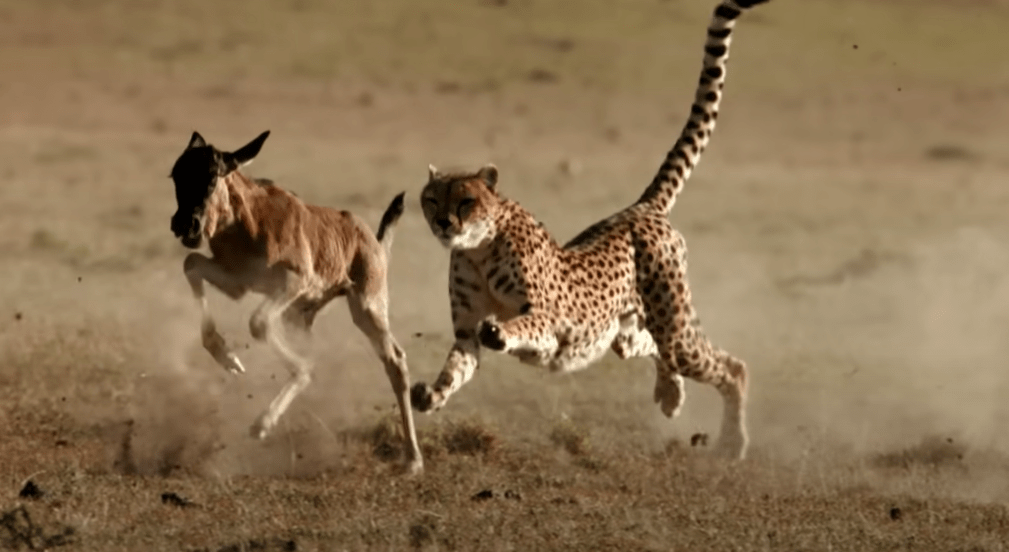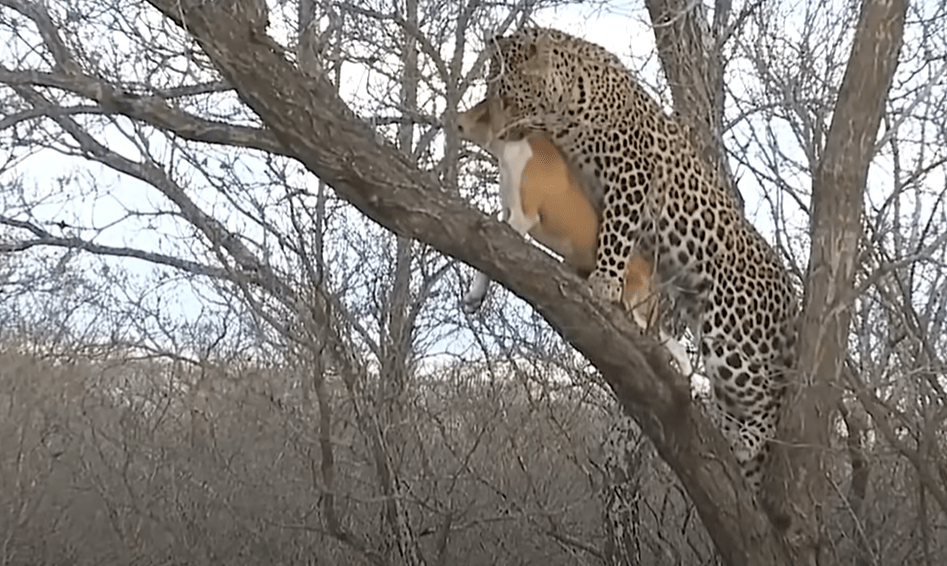The open arenas of grassland and desert encompass half of the Earth’s land surface. These expansive habitats present a stark contrast of wide-open vistas and sparse vegetation, where predators such as cheetahs, bald eagles, and lions thrive. Yet, in these exposed environments, the balance of survival hinges on both visibility and vulnerability.
Predator’s Perspective
For predators, visibility in these open landscapes is a double-edged sword. While they benefit from spotting potential prey from afar, the lack of cover means that stealth and surprise are difficult to achieve. Predators like cheetahs, known for their remarkable speed and agility, often rely on bursts of acceleration to close the distance swiftly and catch their prey off guard. This strategy allows them to capitalize on their keen eyesight and the element of surprise, crucial for securing a successful hunt.
Prey’s Adaptations
On the flip side, prey species in open arenas have evolved keen senses and acute awareness of their surroundings as their primary defense mechanisms. Animals like wildebeest, zebras, and antelopes must constantly scan the horizon for potential threats. Their survival depends on detecting predators early and leveraging their speed and agility to evade capture. This heightened vigilance and ability to detect movement in the distance are vital adaptations that enable prey to escape danger and thrive in these exposed habitats.
Strategies in Action
The interaction between predator and prey in the open arena unfolds in a dynamic interplay of strategy and adaptation. Predators must employ patience and cunning to approach unseen or capitalize on moments of distraction among their prey. Meanwhile, prey species utilize herding behaviors to increase their collective vigilance and decrease individual risk. Cooperation within herds enhances the chances of detecting predators early and mounting a coordinated escape.
The Role of Opportunity
In these landscapes, where the element of surprise is rare, both predators and prey must create their own opportunities. Predators may use natural features like dips in the terrain or patches of vegetation to conceal their approach, while prey may take advantage of changing wind directions or distractions caused by other animals. Adaptability and quick decision-making are critical for survival on both sides of the predator-prey equation.
Conclusion
The open arenas of grassland and desert epitomize the challenges and strategies of predator and prey interactions. From the cheetah’s lightning-fast pursuits to the wildebeest’s vigilant herding, each species has evolved distinct adaptations to navigate these exposed landscapes. Understanding these dynamics not only sheds light on the complexities of wildlife survival but also underscores the delicate balance that shapes ecosystems worldwide. In this episode, we delve into the fascinating strategies that predators and prey employ in the relentless pursuit of survival in the open arena.



